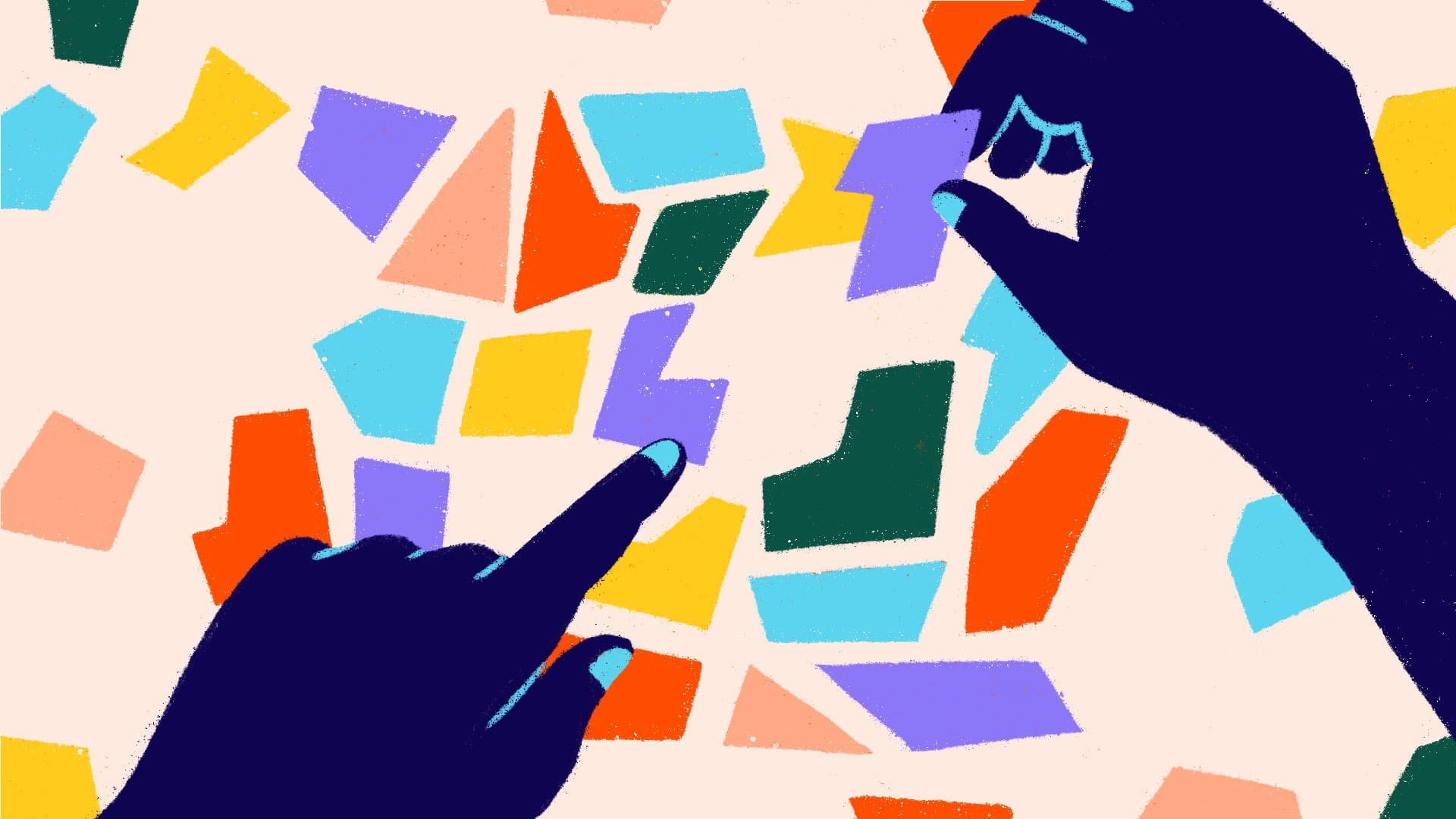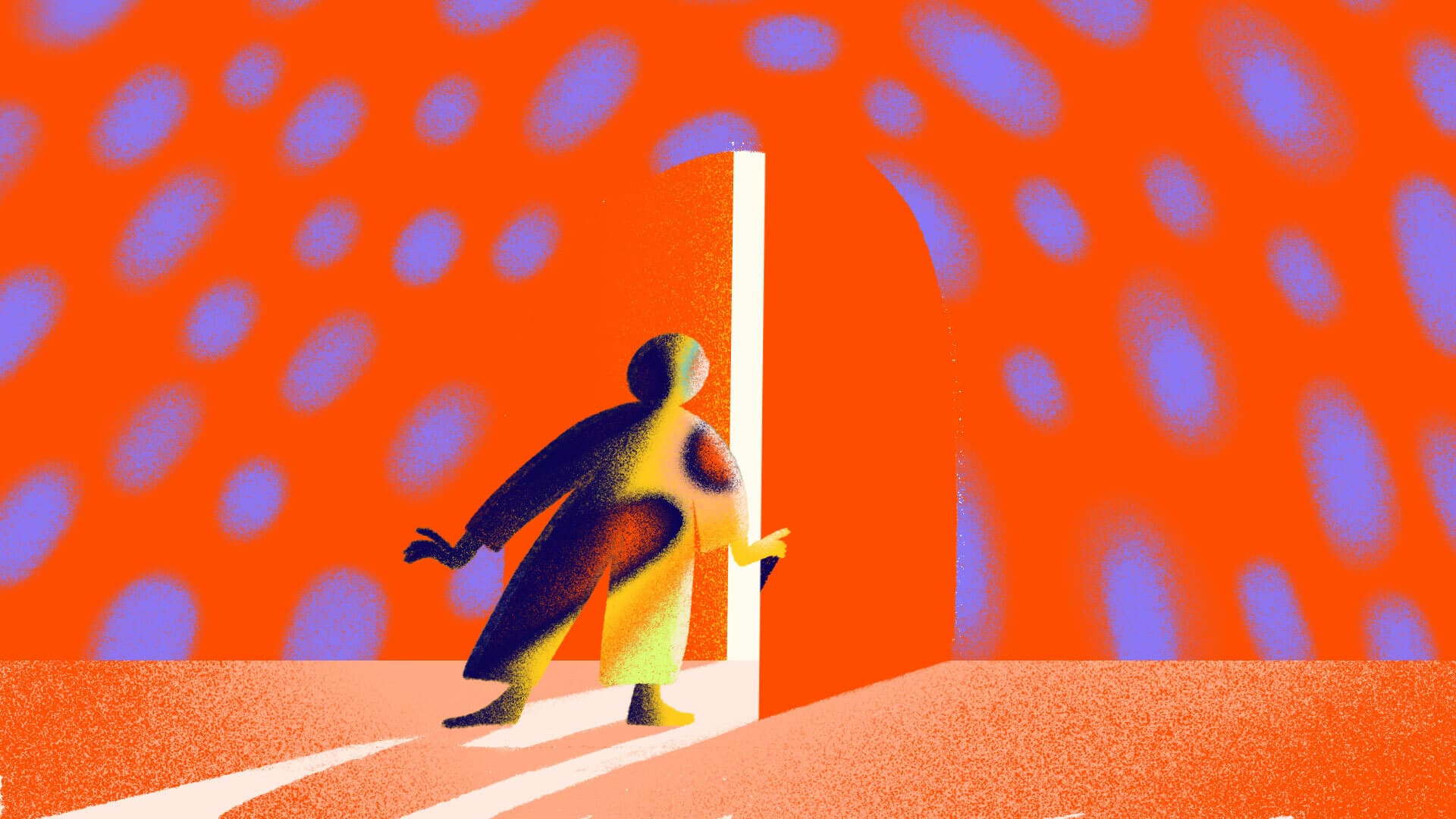Why Design Craft Still Matters in a World of Automation
Defending nuance and human touch in the age of AI visuals.
By Deroy Peraza, Partner at Hyperakt
It’s never been easier to make something that looks like design. Type a few words into a prompt, and a logo, poster, or campaign visual appears in seconds.
For nonprofits with small budgets and big ambitions, the allure of AI-generated design is obvious: speed, scale, and cost-effectiveness.
But let’s not confuse production with design.

Illustration by Merit Myers
True design, the kind that moves people, builds trust, and tells complex human stories, takes more than automation. It takes craft.
The Illusion of Efficiency
AI dazzles with volume. It can churn out hundreds of variations in the time it takes a designer to sketch one. But efficiency is not effectiveness.
A machine can generate the “what.” It cannot answer the “why.”
Design without context is decoration. And decoration without meaning is disposable. Nonprofits don’t need disposable, they need durable.
Fast food fills you quickly. Craft is the chef’s slow work. Choosing ingredients with care, balancing flavors, and preparing something that nourishes takes time.
Design as Translation, Not Just Decoration
Design isn’t surface polish. It’s translation. It’s listening deeply to a nonprofit’s history, to its community, to its future, and distilling that complexity into something clear and resonant.
Machines can mimic styles. They can replicate patterns. But they can’t hear contradictions in a boardroom conversation. They can’t sense unspoken anxieties—or the pride, humor, and quirks that reveal an organization’s true character. They can’t capture the subtle rituals, values, and commitments that give a nonprofit its ethos. They can’t reconcile tensions and those authentic details into a shared story everyone believes in.
At Hyperakt, we believe brands must be built from the inside out. That requires human care.
The Risk of Flattened Aesthetics
Automation risks sameness. Generative AI draws from massive datasets that privilege dominant aesthetics, producing homogenized design. It’s shiny but shallow, familiar but forgettable.
Craft resists flattening. It’s about choices: When to break a visual trope because it doesn’t serve your mission. When to push for clarity over trendiness. When to keep a symbol because it carries deep community meaning.
Without expertly trained human discernment, you risk reinforcing clichés and erasing underrepresented voices.
Craft isn’t perfection, it’s judgment.
The Slow Work That Builds Trust
If AI promises speed, craft demands slowness. Workshops, debates, and revisions can feel painstaking, but it’s through those very human interactions where alignment happens.
Rebranding isn’t just a creative exercise. It’s change management. It’s helping staff, boards, and communities see themselves in a new identity. That process for trust-building can’t be rushed.
Craft is slow because it honors complexity. That’s what makes brands not just seen, but believed.
Humans + Machines, Not Humans vs. Machines
This isn’t an argument against technology. Designers have always embraced new tools—from the printing press to Photoshop. The question isn’t if AI will shape design. It’s how.
Used well, AI accelerates exploration. It’s great to experiment, to play, to learn what the tools can do. But when it comes to public-facing brand assets—illustrations, icons, ads, or anything tied to your identity—you need the discernment of a trained design professional. Only a human with deep knowledge of your brand can judge what’s aligned, what needs refinement, and what should never see the light of day.
Without that judgment, “just one” AI-generated image can become a crack in the foundation: creeping inconsistency, generic visuals, embarrassing mistakes. One-offs add up, and before long, the brand you’ve invested in starts to disperse.
Tools don’t replace authorship. A digital camera didn’t eliminate photographers. It elevated the value of composition, framing, and storytelling. The same will be true for design.
The future belongs to those who combine craft with technology.
Courageous Design in an Automated World
We defend the slow, nuanced work of design not because it’s nostalgic, but because it’s essential.
Nonprofits, foundations, and movements aren’t in the business of making images. They’re in the business of building trust and delivering real solutions.
Design craft is how those values take shape. It’s what makes a purpose statement concrete. What transforms a logo into a source of pride. What makes a brand not just visible, but vital.
In a world flooded with automated images, craft is an act of courage. It insists that people matter, context matters, and meaning takes time.
The organizations that choose craft over shortcuts will be the ones whose brands not only survive, but endure.
If your organization is ready to invest in authentic design, let’s talk about building a brand with real craft.


